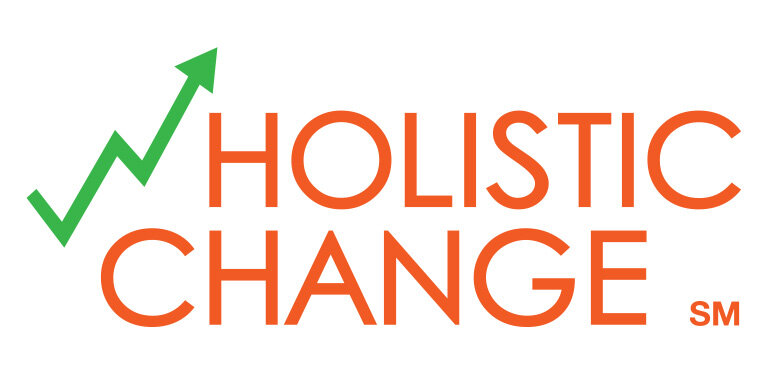The Wall Street Journal recently brought together 200 thought leaders from government, business, and academia at their Women in the Economy conference. The goal was to come up with a plan to make better use of female talent to promote economic growth and competitiveness in the U.S. and world-wide. As part of the conference, multiple working groups were tasked with making 4 recommendations each to improve diversity in top leadership and professional jobs.While the theme of sponsorship came up repeatedly from multiple teams, I think the personal strategy recommendations are key for any change leader:
1 Raise Your Hand. Own your accomplishments, and don't overplay failures. Volunteer for high-risk assignments. Ask and negotiate for what you want.2 Do Self-Assessments. Regularly consider, "How do people experience me? Am I a game changer and value creator who builds trusting relationships?"3 Cultivate Relationships. Don't just network; bond with key peers, male and female, who know you and support your ambitions. Ask for and accept help.4 Use Adaptive Communication. Know your audience and anticipate their response. Use language as a tool for influence. Learn to interrupt effectively.
When you invite people to be a part of the change (through your communications and communities of practice), it will be critical that your network shows up to support you and lend credibility to your case for change and your role as a corporate change agent.It will be equally important to regularly assess whether the approach you are taking is engendering followers, or whether you are alienating the people you most need to convince. This is the fine art of influencing, often without authority, to get others to recognize the importance of changing, and to start to take steps to make the change a reality.As we have mentioned before, resistance to change is normal; however, creating a personal strategy for yourself in driving the change will prepare you to stand tall and lead your company forward.

